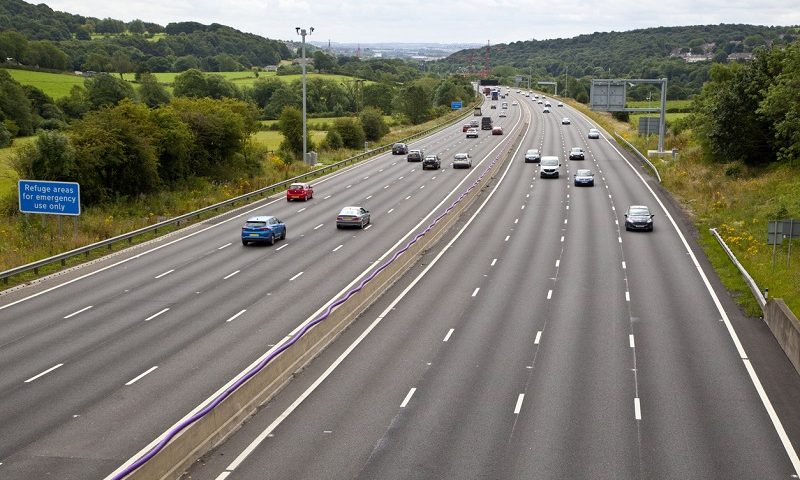More than half of drivers still confused by smart motorways

Do you know what makes a motorway ‘smart’? Do you know what to do when your car breaks down and there’s no sign of a hard shoulder? If you answered no to any of the above, you’re not alone.
Concerning gaps
A new survey found fewer than half (48%) of UK drivers actually know the rules for using smart motorways.
And just over one in four (27%) say they’re aware of what a smart motorway is, but don’t know the relevant regulations – according to a poll from road safety charity Brake and Green Flag.
Meanwhile, a quarter of drivers (25%) say they don’t know what a smart motorway is, never mind what the rules are.
Green Flag says the report has highlighted “concerning gaps in driver awareness.”
The state of smart motorways
The smart motorway network covers around 500 miles in England, with another 300 miles planned by 2025. They use changeable speed limits and other flexible measures to improve traffic flow along major routes.
Some of the roads permanently remove the hard shoulder to increase capacity, while others use gantry instructions to open and close the emergency lane for traffic.
If drivers break down in a live lane, signs display a red ‘X’ to warn other drivers that the lane shouldn’t be used. However, there are concerns that it can take too long to spot a stranded vehicle and that some drivers ignore red Xs.
BBC Panorama found at least 38 people have died on stretches of smart motorways in the past five years.
‘Efforts must be urgently stepped up’
Transport Secretary Grant Shapps launched an 18-point action plan to install more emergency refuge areas on the roads and to speed up the roll-out of a radar-based system to detect broken-down vehicles.
He found the risk of a collision between moving vehicles is lower on smart motorways than conventional motorways, but the chance of a crash involving a moving, and a stationary vehicle is higher when the hard shoulder is removed.
Highways England insists smart motorways are “at least as safe as, or safer than, the conventional motorways they replaced”.
“But safety campaigners are calling for more action. Brake director of campaigns Joshua Harris said: “Drivers are confused about the rules of driving on smart motorways and communication efforts must urgently be stepped up to help avoid more tragic incidents on these roads[JR1] .
“We welcome the measures the Government has outlined to improve smart motorway safety and urge them to follow this evidence-led approach for all UK roads.”
A Highways England spokesman said: “We are committed to making journeys on our roads safer and better for everybody and in the new year we’ll launch our latest campaign to increase awareness and understanding, particularly around what to do in the event of a breakdown.”
Have you heard about the latest changes to driving theory tests? Stay in the know on the 1st CENTRAL Blog.


